Charcoal drawing stands out as a favored medium for its rich blacks and a wide range of tones it can produce. From soft, subtle grays to deep, intense darks, charcoal gives artists the power to bring remarkable life and depth to their art. This guide aims to provide practical insights into the graceful handling of charcoal, presenting techniques to help artistes of all levels convey emotion, realism, and vitality in their work.
Understanding Charcoal Types
Choosing the Right Charcoal
Charcoal comes in several forms, including vine, compressed, and pencil. Vine charcoal offers soft, lighter marks and easier erasability, ideal for initial sketches. Compressed charcoal, due to its dense nature, produces darker, more definitive lines. Charcoal pencils, meanwhile, allow for more controlled and detailed work. Matching the type of charcoal to the desired effect in your art is an essential first step.
Combining Charcoal Forms for Dynamic Results
By using different types of charcoal in a single piece, artists can create a dynamic range of textures and tonal values. For example, one might begin with vine charcoal for basic shapes and then switch to compressed charcoal or charcoal pencils for enhanced darkness and precision. Combining these forms allows for greater depth and dimensionality.
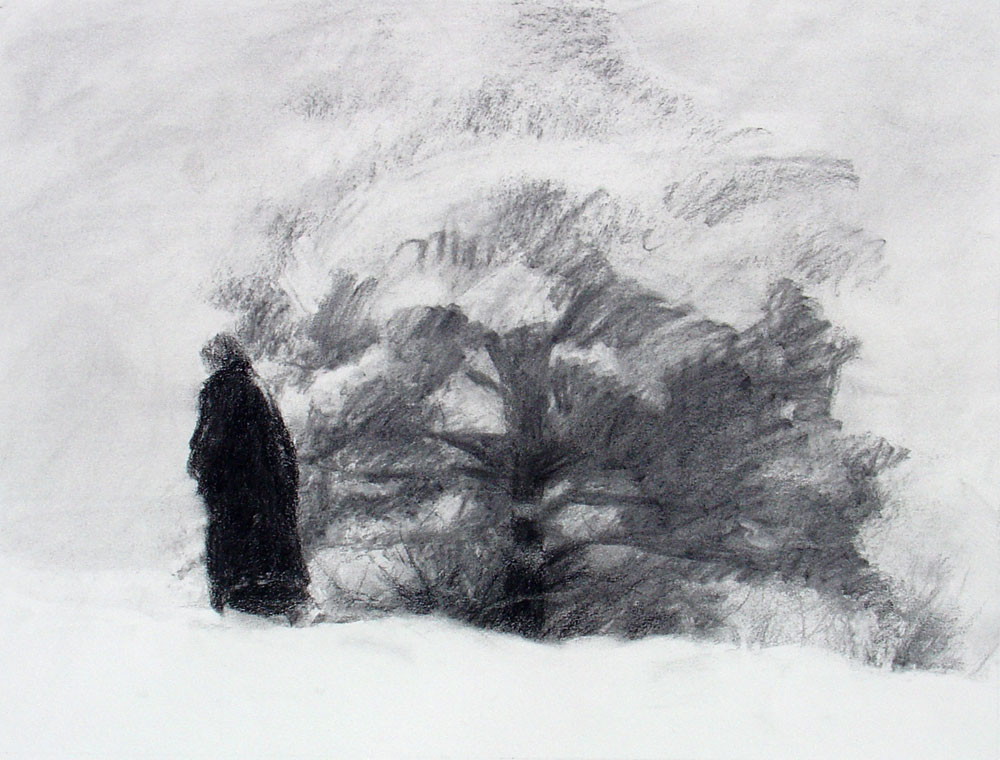
Preparing Your Drawing Surface
Opting for the Suitable Paper Texture
Choose a paper texture that complements the charcoal. Rough paper absorbs more of the medium, which is great for expressive, textured work. Smooth paper, on the other hand, is better for detailed drawings as it allows for finer lines and more subtle shading. The weight of the paper also matters; heavier paper can take more layers of charcoal without tearing.
Securing Paper and Creating a Clean Workspace
Anchor your paper to a drawing board using tape to prevent it from shifting. This will keep your work stable and make broad strokes easier to manage. Also, ensure your workspace is clean and spacious enough to accommodate your range of motion while drawing. Keeping charcoal-covered hands from smudging unworked areas of the paper is vital.
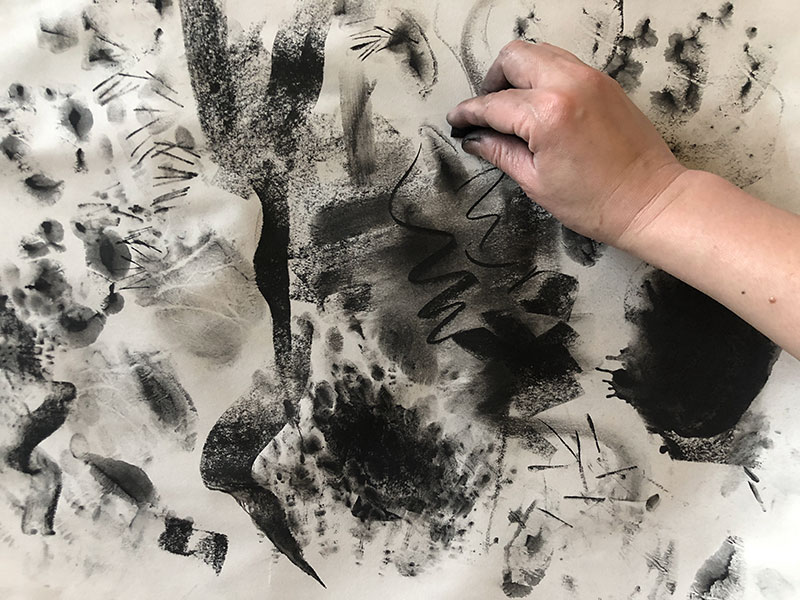
Mastering Charcoal Manipulation
Techniques for Controlling Tone
Control the tone of your charcoal drawing by varying the pressure applied to the medium. Light pressure will create soft, light grays, while heavier pressure results in strong, dark lines. Play with different levels of tonality to suggest form and light in your drawing, and remember that the diversity in intensity can add a compelling contrast to your piece.
Blending and Texturizing
Blending is a key component of charcoal drawing and can be done with tools like stumps, tissues, or your fingers. To texturize, consider using erasers, craft knives, or even sandpaper to subtract charcoal and create highlights or specific textures. Understanding how to manipulate charcoal beyond direct application opens up new artistic possibilities.
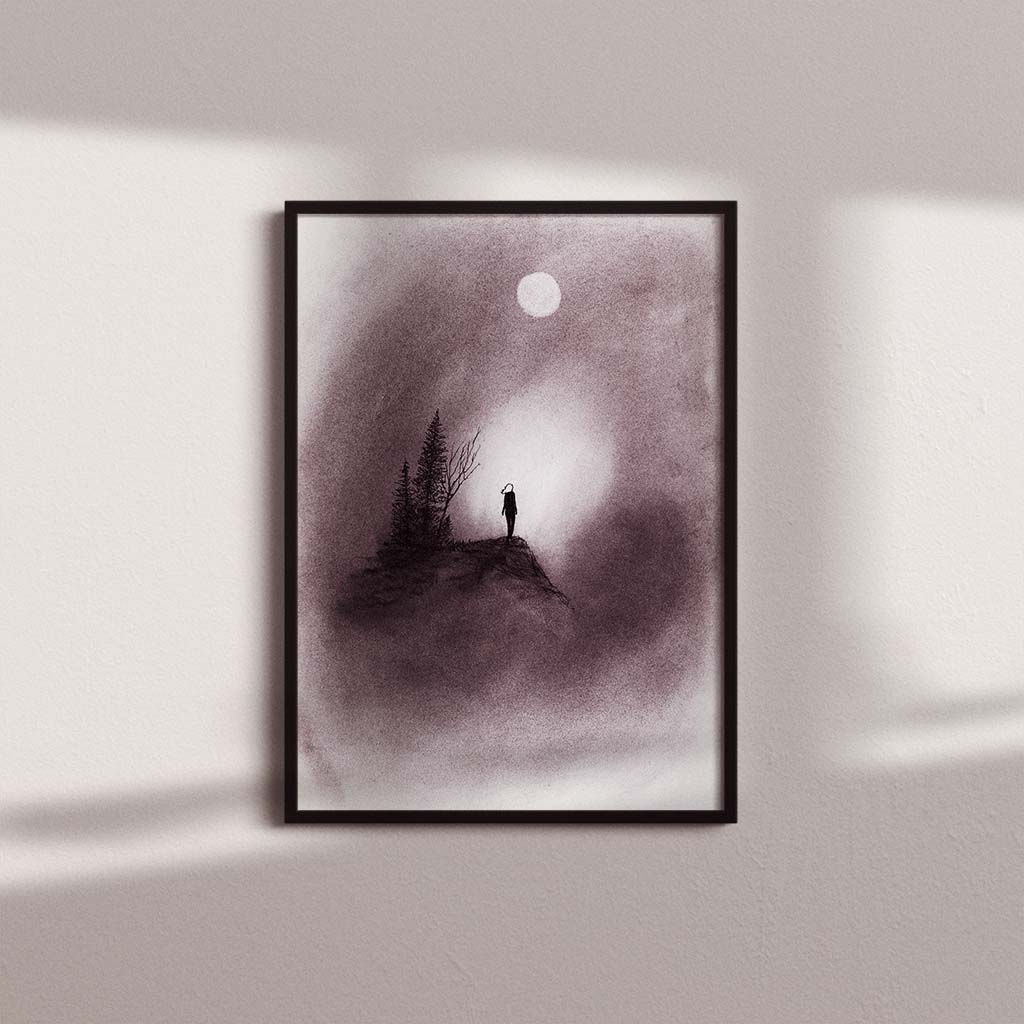
Capturing Light and Shadow
The Power of Contrast
One of charcoal’s strengths lies in its ability to produce strong contrasts. Use the darkest charcoal to define the shadows and charcoal erasers to pull out the highlights. This contrast between light and dark is what breathes life into a drawing, giving it a three-dimensional feel.
Creating Atmospheric Depth
Pay attention to the distribution of light and shadow to convey depth. Lightly layering charcoal can produce a misty effect for distant elements, while strong, bold shadowing can bring the foreground into sharp relief. Balance these aspects thoughtfully to create a sense of atmosphere in your artwork.
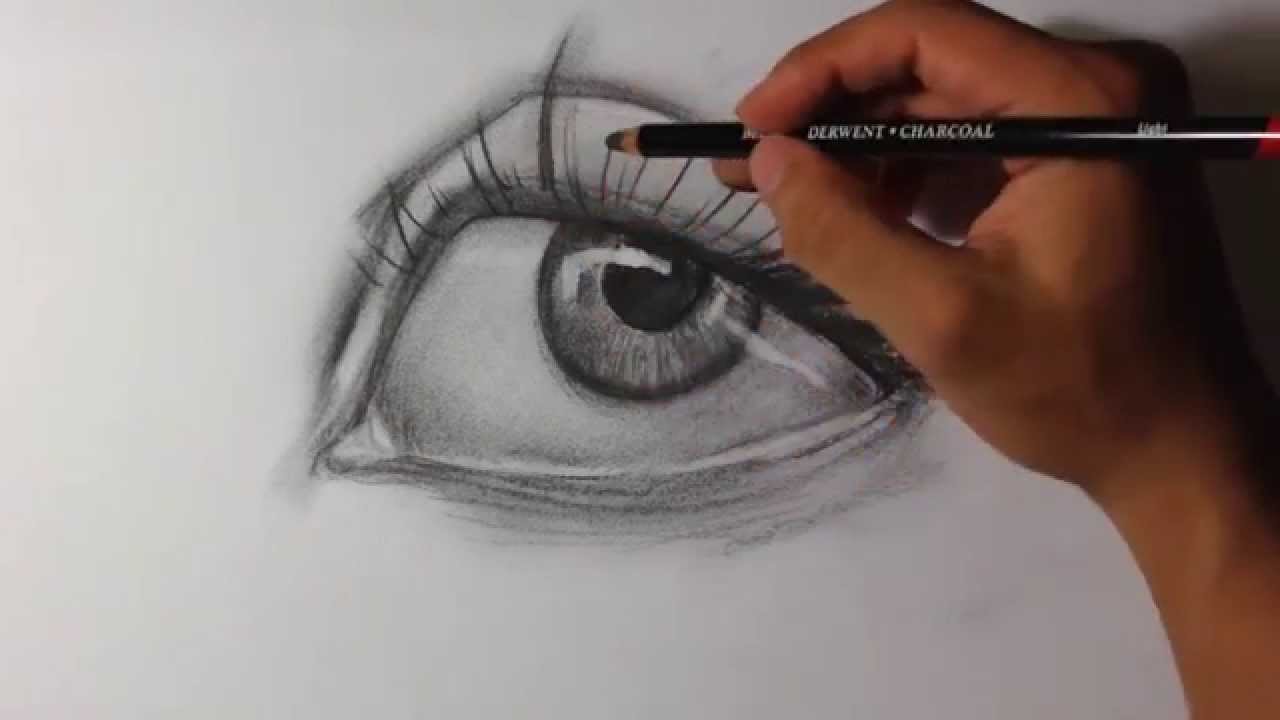
Refining Details for Realism
Building Up Gradually
Realism requires a patient, gradual build-up of detail. Start with general shapes and tones and slowly refine these into more detailed features. Remember that details shouldn’t overwhelm the piece but should be added thoughtfully to aid in the recreation of textures and nuances of the subject.
Using Negative Space Effectively
Negative space – the area around your subject – is just as important as the subject itself. Use it to your advantage by leaving portions untouched or lightly worked to draw the viewer’s attention to the detailed areas. The interplay between the negative space and the detailed work adds complexity to your drawing.
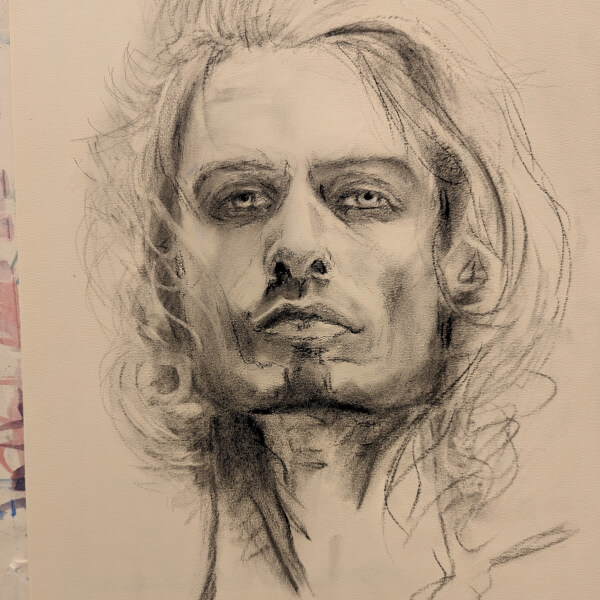
Finishing Touches and Preservation
Evaluating and Perfecting
Step back from your drawing periodically to evaluate its progression. Adjust the tones and details as necessary until you achieve the desired result. This technique is essential for spotting areas that might require more attention or places where the effects of light and shadow could be enhanced.
Protecting Your Charcoal Drawing
Once finished, preserve your artwork by applying a layer of fixative spray. This reduces smudging and keeps the drawing intact over time. Store or display it properly to prevent fading and physical damage. Your art’s longevity is just as important as its creation.
Advanced Techniques for Artistic Exploration
Introducing Fixatives During the Process
To deepen the levels of tonality and prevent overworking an area, skilled artists often apply workable fixative at various stages during the drawing process. This method can seal a layer of charcoal, allowing subsequent layers to be added without disturbing the work underneath. This step-by-step approach can give you more control over the medium and enable more intricate layering.
Experimenting with Mixed Media
Charcoal doesn’t have to be a solitary medium. Introduce other forms like pastels, inks, or even acrylic washes to inject color or add a unique texture that charcoal alone might not achieve. Experiment with the order of application and the interplay between the mediums to discover captivating results.
Showcasing Your Finished Piece
Matting and Framing Considerations
To professionally showcase your work, consider the matting and framing carefully. A well-chosen mat can highlight the nuances of the charcoal drawing, while a sturdy frame will protect and display the piece. Ensure the materials used are acid-free to prevent long-term damage to your artwork.
Lighting and Display
When displaying your charcoal drawing, lighting can make a significant difference. Position the lighting to accentuate the textures and depth you’ve worked into the piece. Direct, soft light from above can cast subtle shadows and enhance the three-dimensionality of your drawing.
Artistic Growth and Community Engagement
Continuous Learning and Practice
Every drawing is a step on the pathway to artistic mastery. Attend workshops, watch tutorials, and critique sessions to learn new approaches and refine your style. Practice is essential — each piece, successful or not, is an opportunity to grow and improve.
Engaging with Other Artists
Joining local art clubs, online forums, or social media groups can provide inspiration and feedback. Engage with other charcoal artists to exchange techniques and experiences. Art thrives in community, and constructive critiques from peers can push your art to new levels.